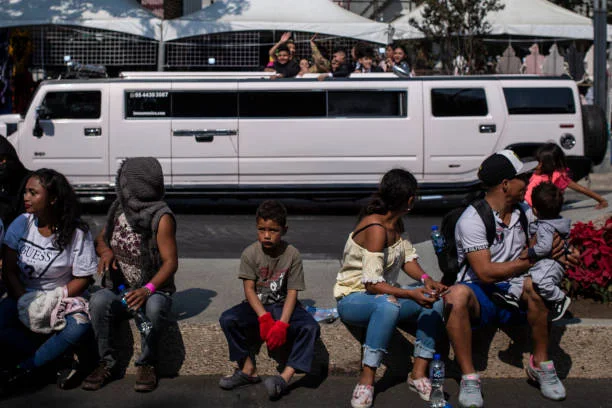What is International Migrants Day
What is International Migrants Day
International Migrants Day is an annual observance on December 18th designated by the United Nations. It aims to bring attention to the rights, contributions, and challenges faced by migrants worldwide. This day commemorates the adoption of the International Convention on the Protection of the Rights of All Migrant Workers and Members of Their Families by the UN General Assembly on December 18, 1990.
The purpose of International Migrants Day is to raise awareness about the rights of migrants, acknowledge their positive contributions to both host and home countries, and address the various issues they encounter, including discrimination and exploitation. It serves as an opportunity for governments, organizations, and individuals to engage in activities that promote the protection and well-being of migrants on a global scale.
What is the theme of the world migration Day 2023?
International Migrants Day 2023 is centered around the idea of "Promoting Safe Migration." This theme highlights the challenges that migrants often face, like feeling vulnerable and left out. Even with these difficulties, migrants play a big role in making countries better by bringing prosperity, new ideas, and helping with sustainable development in the places they come from, pass through, and go to.
The Global Compact for Safe, Orderly, and Regular Migration (GCM) is like a plan that provides chances and guidance for people moving from one place to another. It helps manage the difficulties that come with migration. On International Migrants Day and beyond, the International Organization for Migration (IOM) is saying again that it's committed to supporting a kind and well-organized way of handling migration. This way, everyone benefits, including the communities where migrants come from, pass through, and settle.
Why is International Migrants Day celebrated?
International Migrants Day is celebrated to recognize and appreciate the rights, contributions, and challenges faced by people who move from one place to another. It's a day to understand that migrants, despite facing difficulties, bring positive changes to the countries they come from and go to. The celebration also reminds everyone to treat migrants with respect and dignity, ensuring they have the same rights as everyone else. It's a day to promote fair and safe migration and to work together globally to make sure migrants are treated well and their contributions are valued.
What is an example of international migration?
An example of international migration is when someone leaves their home country and moves to a different country to live or work. For instance, if a person from India decides to go to the United States for a job, that's international migration. People may move to another country for reasons like finding better opportunities, living in a safer place, or joining family members. It's a common way for individuals to explore new possibilities and experiences in different parts of the world.
What are the 4 types of migration?
Migration can be classified into various types based on different criteria. Here are some common types of migration:
1. Internal Migration:
Definition: Movement of people within the borders of a single country.
Example: Moving from a rural area to an urban center within the same country.
2. International Migration:
Definition: Crossing international borders, involving a change in the country of residence.
Example: Emigrating from Mexico to the United States for work opportunities.
3. Emigration:
Definition: Leaving one's home country to settle in another.
Example: A family leaving India to live permanently in Australia.
4. Immigration:
Definition: Settling in a country other than one's own.
Example: A person from China moving to Canada and becoming a permanent resident.
5. Return Migration:
Definition: Going back to one's home country after residing abroad.
Example: An individual who worked in the United Kingdom returning to Nigeria after retirement.
6. Forced Migration:
Definition: Movement compelled by factors like conflict, persecution, or natural disasters.
Example: Refugees fleeing Syria due to the ongoing conflict.
7. Seasonal Migration:
Definition: Temporary movement for specific seasons or work opportunities.
Example: Agricultural workers moving to different regions for planting or harvesting seasons.
8. Rural-Urban Migration:
Definition: Shift from rural areas to urban centers in search of better opportunities.
Example: Moving from a village to a city for improved employment prospects.
9. Step Migration:
Definition: Movement occurs in stages, with individuals moving progressively to larger or more distant destinations.
Example: Gradually moving from a small town to a larger city, then to a metropolitan area.
Understanding these types of migration helps in analyzing the diverse reasons and patterns associated with the movement of people across regions and borders.






